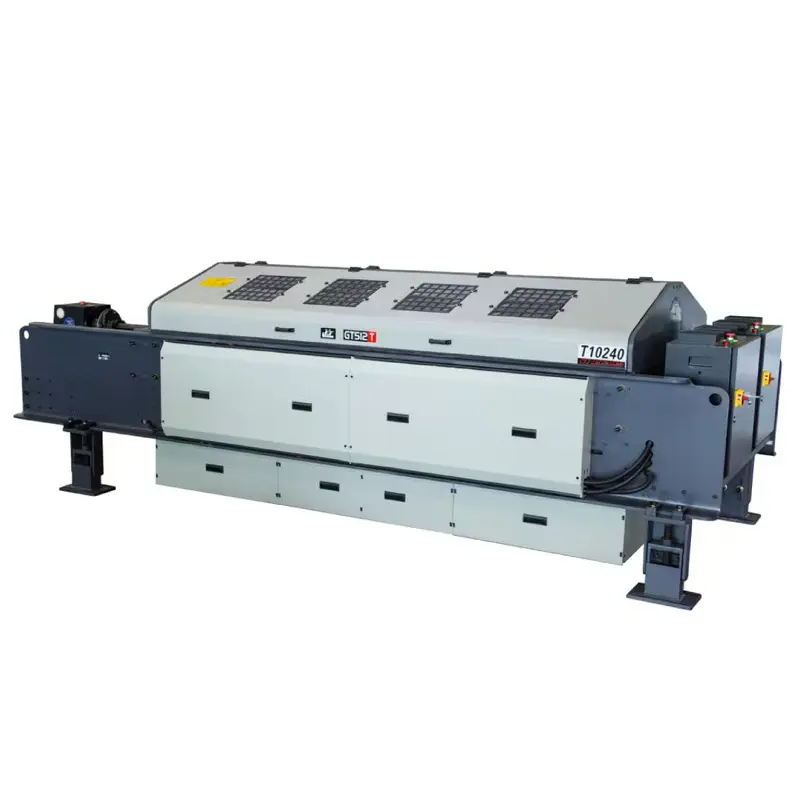How Does Combined Weaving Enhance Textile Quality?
2025-08-25
Combined weaving is an advanced textile production technique that integrates multiple weaving methods into a single process, resulting in fabrics with superior strength, flexibility, and functionality. Unlike traditional weaving, which relies on a single method to interlace warp and weft threads, combined weaving leverages multiple weaving technologies—such as plain weave, twill, satin, and jacquard—to achieve unique patterns, enhanced durability, and improved performance characteristics.
In today’s textile industry, combined weaving has become an essential process for manufacturers seeking high-quality, versatile fabrics. Its ability to merge different weaving techniques makes it possible to design textiles that meet diverse industrial, fashion, and functional requirements. This innovation caters to multiple sectors, including apparel, automotive, home furnishings, medical textiles, and industrial applications.
Key Advantages of Combined Weaving
-
Enhanced Durability – By merging multiple weaving styles, the fabric achieves higher tensile strength and better resistance to wear and tear.
-
Versatile Patterns – Supports complex and creative fabric designs while maintaining structural integrity.
-
Better Breathability – Integrates weaving types that allow for improved airflow in the final fabric.
-
Superior Aesthetic Appeal – Offers premium finishes suitable for high-end fashion and upholstery.
-
Cost Efficiency – Reduces material waste and optimizes production efficiency through integrated weaving methods.
As global demand for functional and aesthetically appealing textiles grows, combined weaving continues to gain traction among manufacturers aiming to deliver products that exceed consumer expectations.
How Does Combined Weaving Work?
The process of combined weaving involves carefully coordinating different weaving techniques within a single production sequence. Unlike conventional weaving, where one pattern dominates the entire fabric, combined weaving integrates multiple techniques to produce areas of varying texture, density, and appearance within the same material.
Core Process Steps
| Stage | Description |
|---|---|
| Warp Preparation | High-quality warp yarns are selected and tensioned to support multiple weaving patterns simultaneously. |
| Weft Integration | Different weft yarns are used based on the desired fabric zones, enabling structural and aesthetic diversity. |
| Weaving Execution | The loom applies varied weaving techniques—plain, satin, twill, jacquard, or leno—at precise intervals. |
| Pattern Programming | Computer-aided designs control transitions between different weaving styles seamlessly. |
| Finishing | Post-weaving treatments like washing, calendaring, or coating enhance the final fabric’s texture and durability. |
This integration makes combined weaving an ideal choice for manufacturers seeking performance-driven fabrics with distinctive visual appeal. It allows brands to innovate and differentiate themselves in competitive markets.
Applications of Combined Weaving
-
Fashion & Apparel: High-end dresses, suits, and premium casual wear.
-
Home Textiles: Curtains, upholstery fabrics, and luxury bedding.
-
Automotive Interiors: Seats, door panels, and decorative trims requiring durability and aesthetic finesse.
-
Industrial Textiles: Heat-resistant, anti-static, and moisture-wicking fabrics used in technical environments.
-
Medical Applications: Breathable yet robust fabrics used in surgical gowns and hospital bedding.
Product Parameters and Performance Specifications
For professionals evaluating combined weaving products, understanding technical specifications is critical. Below is an example of the core performance parameters for premium combined weaving textiles:
| Parameter | Specification | Performance Benefit |
|---|---|---|
| Material Composition | 100% cotton / polyester blends / silk | Flexible customization based on functional and aesthetic needs |
| Weaving Density | 80 × 80 to 600 × 600 threads per inch | Determines texture quality, durability, and breathability |
| Fabric Weight | 80 gsm – 600 gsm | Suitable for lightweight apparel or heavy-duty industrial fabrics |
| Surface Finish | Matte / glossy / textured | Enhances appearance for fashion or functional applications |
| Color Fastness | Grade 4+ | Ensures long-lasting vibrancy even after multiple washes |
| Abrasion Resistance | Up to 50,000 rub cycles | Extends product life, ideal for upholstery and automotive uses |
| Custom Patterns | Jacquard, dobby, or mixed designs | Enables unique, high-value fabric aesthetics |
This technical versatility makes combined weaving fabrics highly sought after in industries where durability and elegance coexist. Moreover, the production can be tailored based on exact client specifications, allowing brands to differentiate themselves through custom textures and finishes.
Common FAQs About Combined Weaving
Q1: What makes combined weaving different from traditional weaving?
A: Traditional weaving typically uses a single technique throughout the entire fabric, which limits design flexibility. Combined weaving, on the other hand, integrates multiple weaving techniques within one material. This creates fabrics with variable textures, strengths, and appearances, enabling both functional and decorative enhancements in a single product.
Q2: How does combined weaving improve fabric durability?
A: By merging multiple weaving methods, combined weaving strengthens structural integrity and distributes stress more evenly across the fabric. This results in superior tensile strength, abrasion resistance, and longevity, making it an excellent choice for demanding applications such as automotive interiors and industrial textiles.
Combined weaving represents a technological leap in the textile industry, offering manufacturers and designers a versatile solution that blends functionality with aesthetic excellence. Its ability to integrate multiple weaving techniques opens new possibilities for innovative fabric designs without compromising strength or quality.
At i-changfang, we specialize in producing premium combined weaving textiles that meet the highest global standards. Our advanced manufacturing processes, strict quality control, and dedication to innovation ensure that every fabric we deliver exceeds expectations.
Whether you're looking for durable industrial fabrics or luxurious fashion textiles, our combined weaving solutions are designed to meet your unique needs.
Contact us today to explore our full range of combined weaving products and discover how we can help elevate your brand’s textile offerings.





